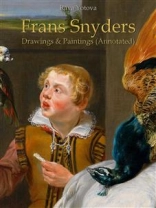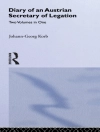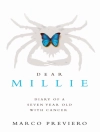Frans Snyders was enrolled as a student of Pieter Brueghel the Younger in 1593, then learned from Hendrick van Balen, who was the first master of Anthony van Dyck. Snyders became master of the Antwerp Guild of St. Luke in 1602. Snyders traveled to Italy in 1608-9, where he first lived in Rome. Subsequently, the artist moved from Rome to Milan. Pieter Brueghel the Younger presented him there with a letter to the famous collector of paintings, Cardinal Borromeo. Brueghel asked him t...
Frans Snyders was enrolled as a student of Pieter Brueghel the Younger in 1593, then learned from Hendrick van Balen, who was the first master of Anthony van Dyck. Snyders became master of the Antwerp Guild of St. Luke in 1602. Snyders traveled to Italy in 1608-9, where he first lived in Rome. Subsequently, the artist moved from Rome to Milan. Pieter Brueghel the Younger presented him there with a letter to the famous collector of paintings, Cardinal Borromeo. Brueghel asked him to paint a copy after a portrait of Tizian in the Borromeo collection. It is considered to be proof that Snyders was an experienced portrait artist before turning his attention to the art of still life. Snyders married Margareta, the sister of Cornelis de Vos and Paul de Vos, two leading artists in Antwerp.
His co-operation with Rubens began in the 1610s. Snyders had many patrons and was a friend of van Dyck, who painted portraits of Snyders and his wife more than once. Snyders was commercially successful and managed to buy a luxury house in Keizerstraat in Antwerp. In 1628 he became Dean of St. Luke’s Guild. Snyders painted about 60 hunts and animals paintings after Rubens’s design. After Peter Paul Rubens’ death, Snyder was one of the curators of the Rubens collection. In 1641 and 1642, Snyders traveled with other artists in the Netherlands. In 1646 he was probably in Breda, where he worked on paid order. Snyders remained widowed in 1647. He died lonely on August 19, 1657, in Antwerp. He had many apprentices.












